A Conversation with George Washington
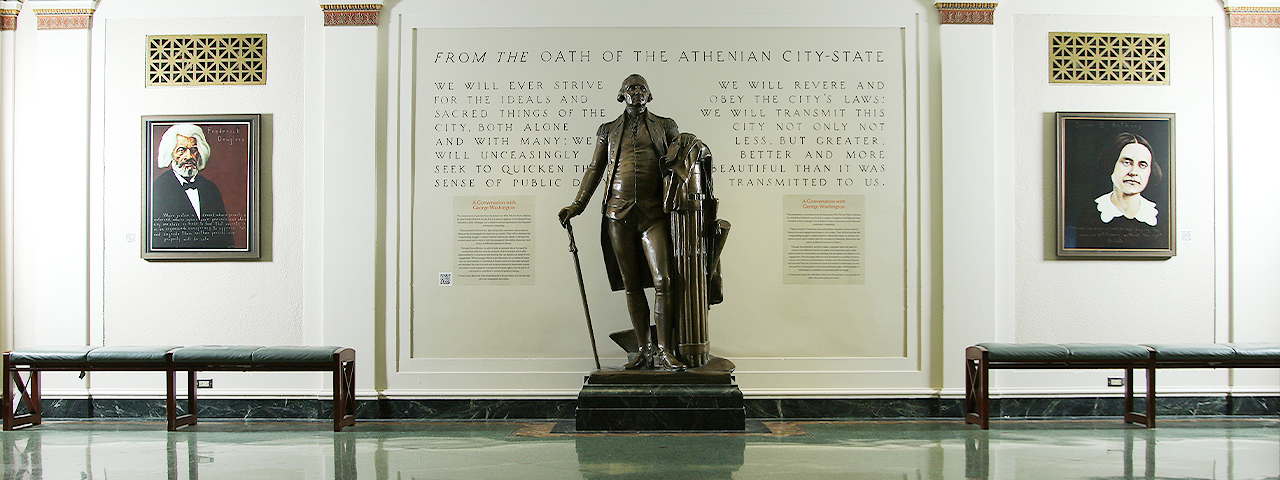
The exhibition “A Conversation with George Washington” aims to make a statement about the need for constructive reflection over the inclusion of all Americans and offer opportunities for conversation and learning that can deepen our sense of civic engagement and citizenship, a central theme of importance to the Maxwell community.
This first collection of portraits from the Americans Who Tell the Truth collection, by the artist Robert Shetterly, is being displayed in the foyer outside the Maxwell Auditorium.
We will periodically rotate in new portraits from the over 260 in the Shetterly collection. We welcome suggestions for individuals to highlight as well as feedback on how to enliven this conversation.
At the Table
These portraits of Americans, past and present, represent various ways of being active and engaged participants in our society. Their efforts illustrate the longstanding struggle to realize America’s democratic ideals, to advance the common good, and to reckon with the concepts of citizenship, democracy and justice at different moments in history.
We encourage reflection and discussion on a number of topics such as: the evolution of citizenship in America and who has been included and excluded; the role of protest and social movements in democratic society; the need for more expansive conceptions of human rights; and the power of individuals to contribute to social and political change.
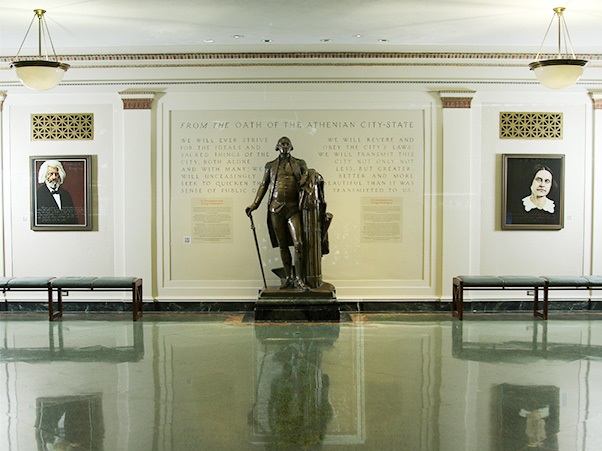
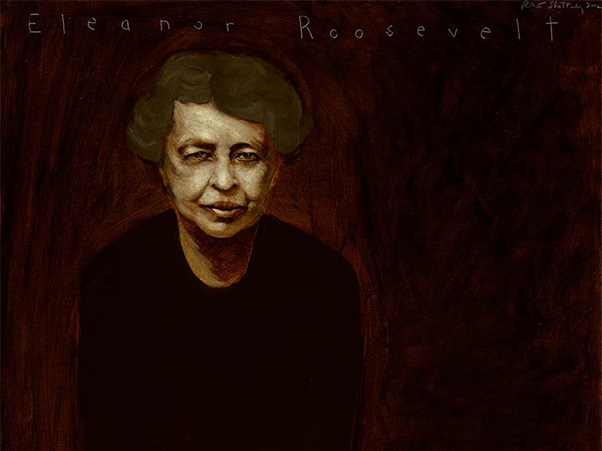
Eleanor Roosevelt used her opportunities to promote better housing, more humane working conditions and racial justice. She wrote a daily newspaper column, spoke on the radio and traveled the country to observe and report about the plight of the forgotten poor. During World War II she made many trips overseas on behalf of her country and, at war’s end and after the death of her husband, she was a delegate to the United Nations. In 1946, she was named chairman of the UN's Commission on Human Rights.
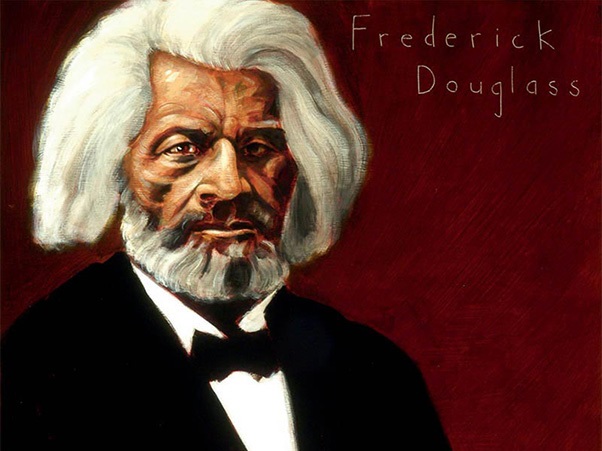
A powerful physical presence and a superb orator, Douglass dramatically preached freedom and independence for enslaved, as he too escaped from slavery. His speech “What to the Slave is the Fourth of July?” may be the greatest statement ever of the moral and physical harm of slavery, while exposing the hypocrisy of white people for their founding ideals. He was an early champion of women’s rights and printed the motto “Right Is Of No Sex—Truth Is Of No Color” on the masthead of his abolitionist newspaper The North Star. His vision was also international in scope; he advocated fair treatment for working people in England, Ireland and Scotland.
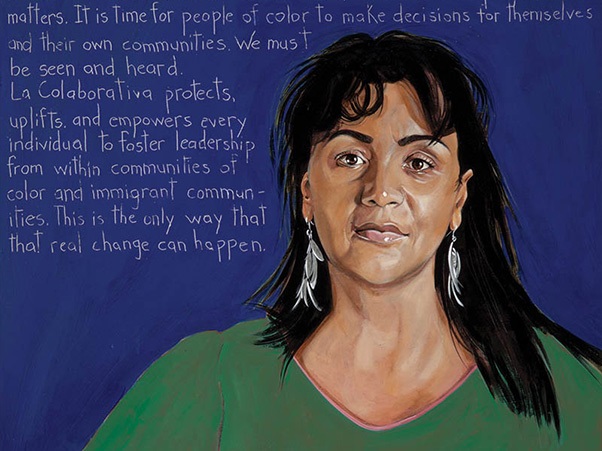
Serving as the executive director of La Colaborativa since 2006, Gladys Vega advocates for immigrants’ rights, welfare rights, tenants’ rights, environmental justice, multicultural and anti-racism programs, and other grassroots and national causes. Vega’s efforts to empower her city and ensure that the Latino community assumes the lead in determining its own needs. She believes empowerment of the individual leads to empowerment of the community and that social action is the strongest vehicle a community can use to achieve its goals. By building the leadership skills of its members, they can prepare for and face emerging challenges.
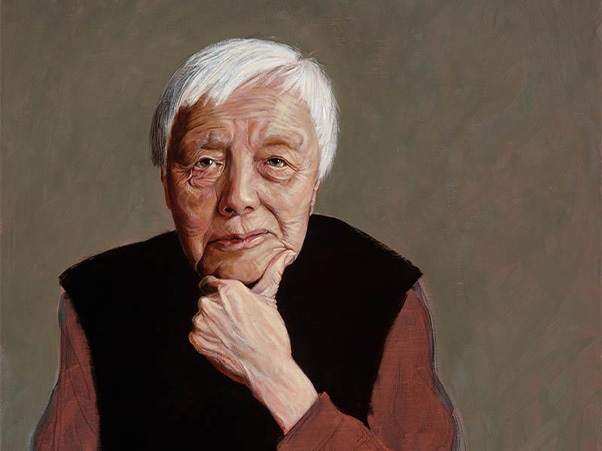
A prominent activist her entire adult life, Grace Lee's activism began in Chicago, where she joined the movement for tenants’ rights, and then the Workers Party, a splinter group of the Socialist Workers Party. In these associations, as well as in her involvement with the 1941 March on Washington, Lee focused on marginalized groups such as women and people of color. Grace Lee Boggs embraces a philosophy of constant questioning—not just of who we are as individuals, but of how we relate to those in our community and country, to those in other countries, and to the local and global environment.
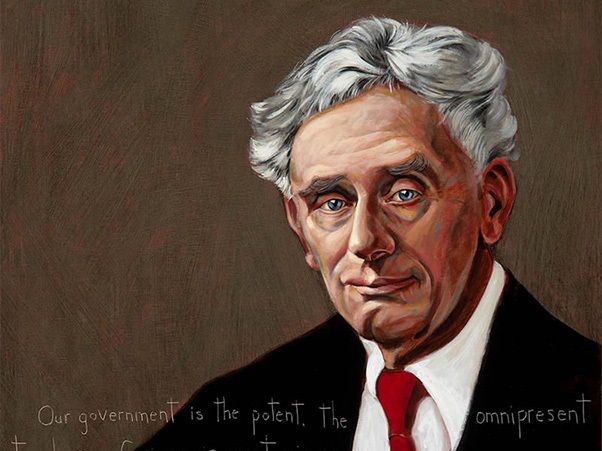
Louis Brandeis was the first Jewish Justice on the United States Supreme Court, where he served for 23 years from 1916 to 1939. Brandeis had an impressive career as an advocate for social justice issues. He was known as the “People’s Attorney” for taking on causes such as workplace conditions, the fairness of banks and insurance companies, government corruption and the unreasonable restraint of trade. His commitment to using the law to promote social justice was a major reason some members of the Senate opposed his confirmation to the Court.
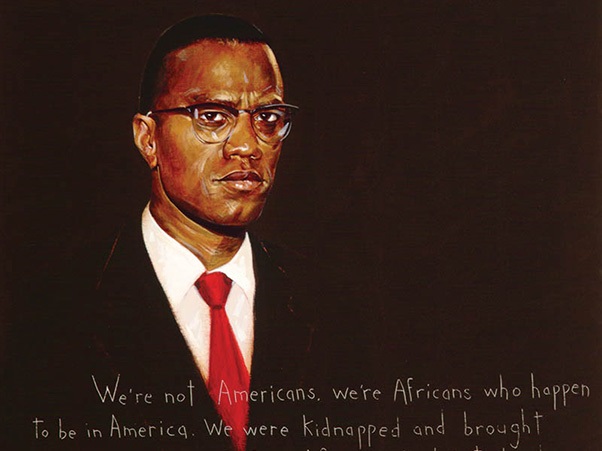
Malcolm X, who took X as his last name to signify his unknown African tribal name, became a brilliant and charismatic speaker, building the Nation of Islam from four hundred members to thirty thousand members. In 1964, he broke with the Nation of Islam and in 1965 formed the Organization of Afro-American Unity. Journeying to Mecca, the holiest of Muslim cities, he took the name El-Hajj Malik El-Shabazz and began speaking of international black consciousness and integration rather than racial separatism. His change of views targeted him for assassination by some members of the Nation of Islam.
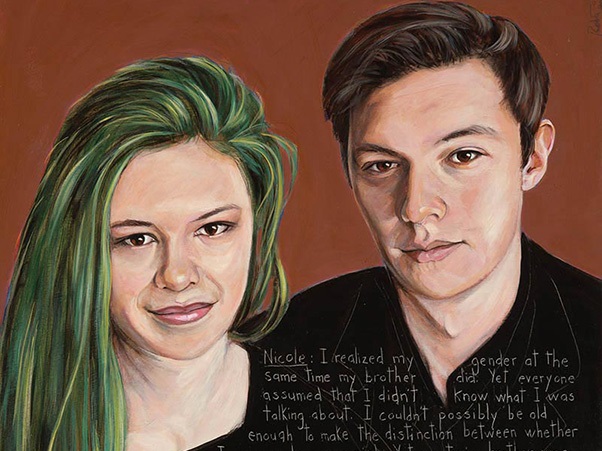
Nicole and her twin brother Jonas were born October 7, 1997, in Gloversville, New York, and her parents named her Wyatt Benjamin Maines. From a very early age, however, Wyatt preferred toys made for little girls and identified with female cartoon characters and female protagonists in stories. So, she legally changed her name from Wyatt Benjamin to Nicole Amber in fifth grade. The school district discriminated against Nicole by not allowing her access to the girls’ bathroom. On January 30, 2014, the Maine Supreme Judicial Court found that the school district had violated Nicole’s human rights as a transgender student. This marked the first time in U.S. history that a state Supreme Court ruled in favor of a transgender plaintiff in a case involving the use of a bathroom based on gender identity. Maines was able to show the world that transgender children have rights that deserve our respect.
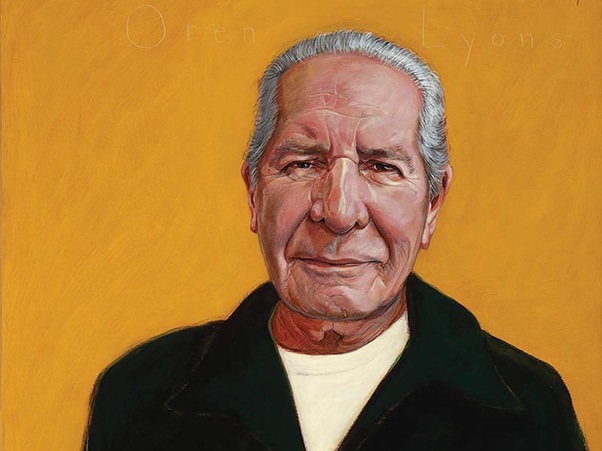
Oren Lyons is a member of the Onondaga and Seneca nations of the Iroquois Confederacy. As an activist for Indigenous and environmental justice, Lyons works with communities across the globe. As a faithkeeper, he upholds the history and traditions of the Turtle Clan of the Onondaga and Seneca. He helped establish the United Nations working group on Indigenous peoples in 1982. In addition to his international work, Lyons served as professor of American studies and director of the Native American Studies Program at the State University of New York at Buffalo. Now retired from teaching, Lyons continues to inspire generations through his leadership in the Traditional Circle of Indian Elders and Youth and public speaking.
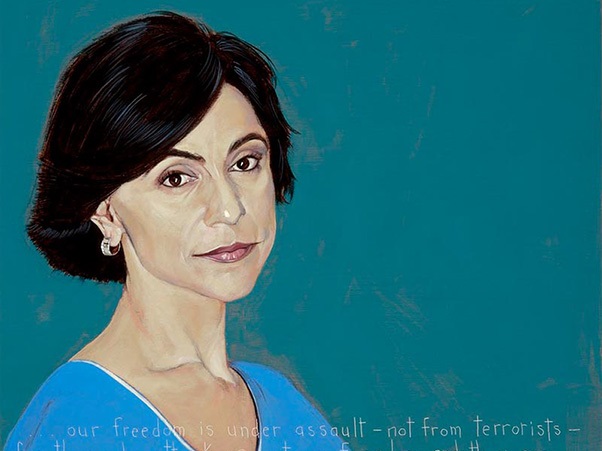
Edmonds began work at the FBI on September 20, 2001. She was fired without cause in March of 2002. In her six-month stint at the agency, Edmonds witnessed blatant incompetence, personal agendas that compromised national security, and corruption at top levels of the American government. Despite hints and mounting threats from superiors, Edmonds refused to turn a blind eye or walk quietly away from the agency, believing it was her responsibility to expose the wrongdoing she saw.
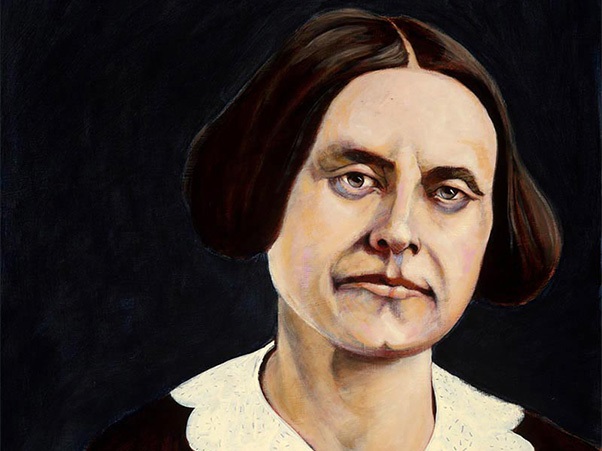
As a young teacher in Western New York, Anthony addressed such thorny issues as equal pay for women teachers and broader educational opportunities for girls. The temperance movement attracted her support because she, like other feminists of her time, recognized in alcohol abuse the widespread victimization of innocent women and children who had to suffer the physical dangers and economic hardships of living with hard-drinking men. When the Sons of Temperance barred women from their ranks, Anthony organized the Daughters of Temperance.